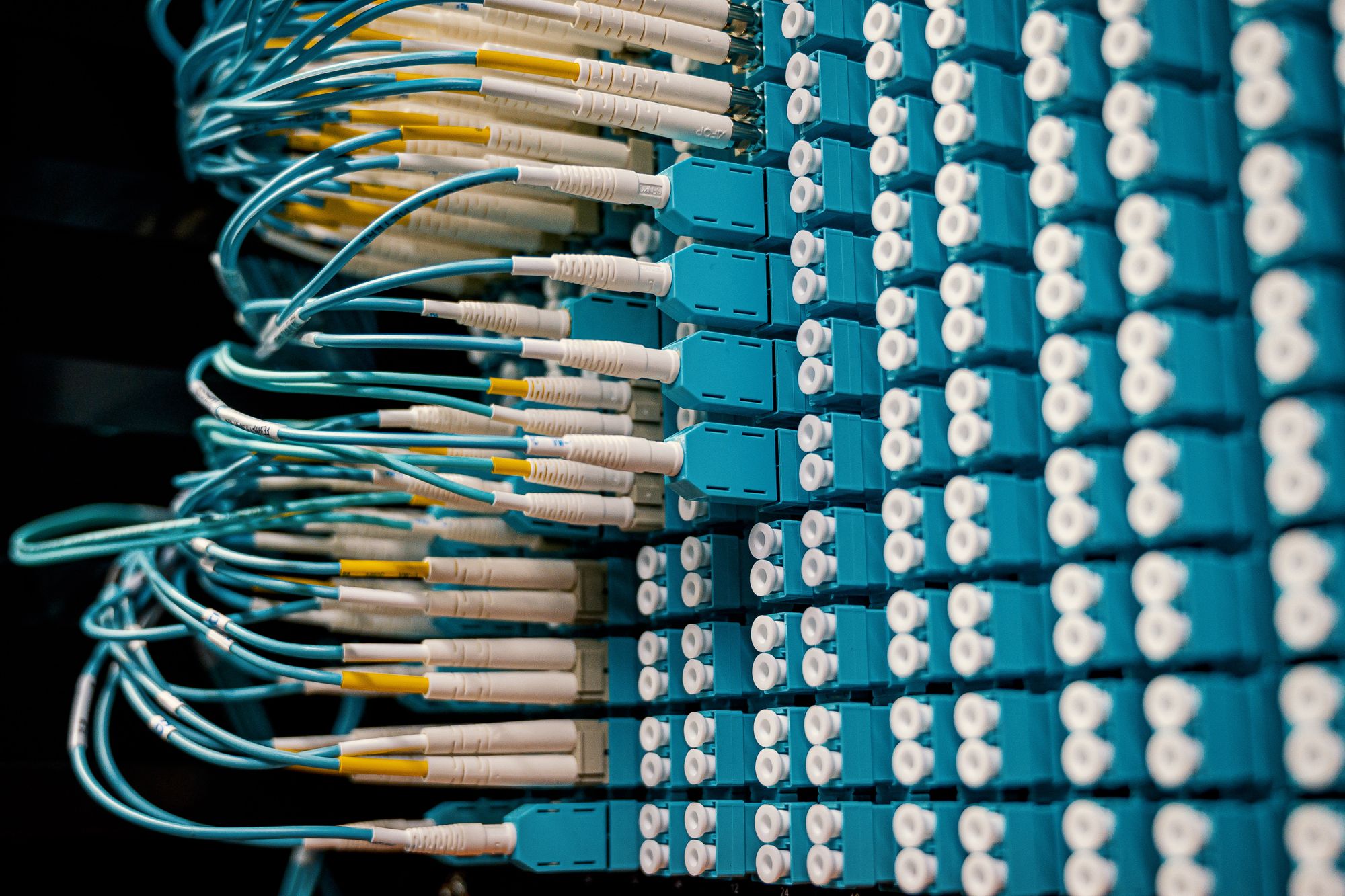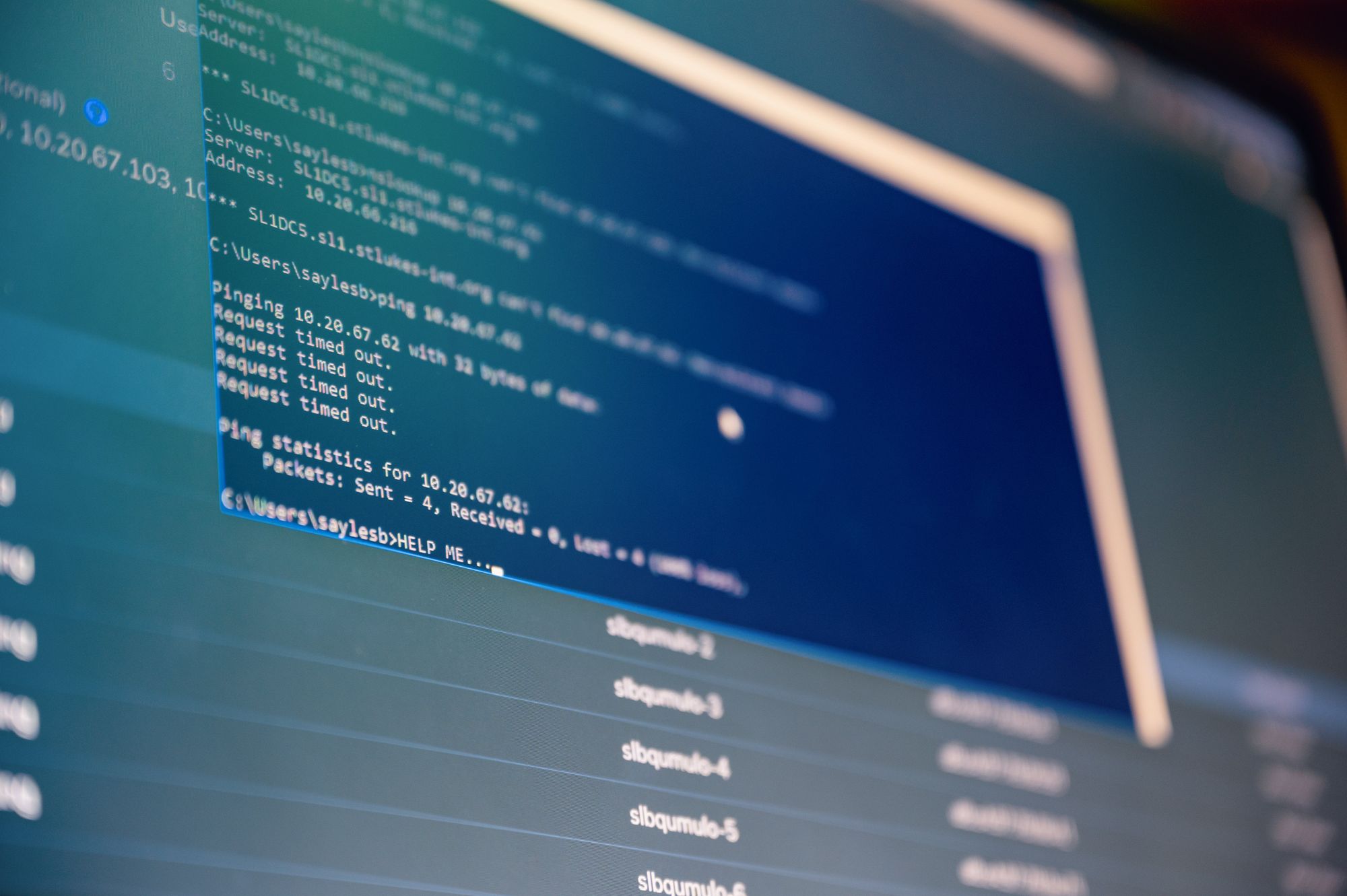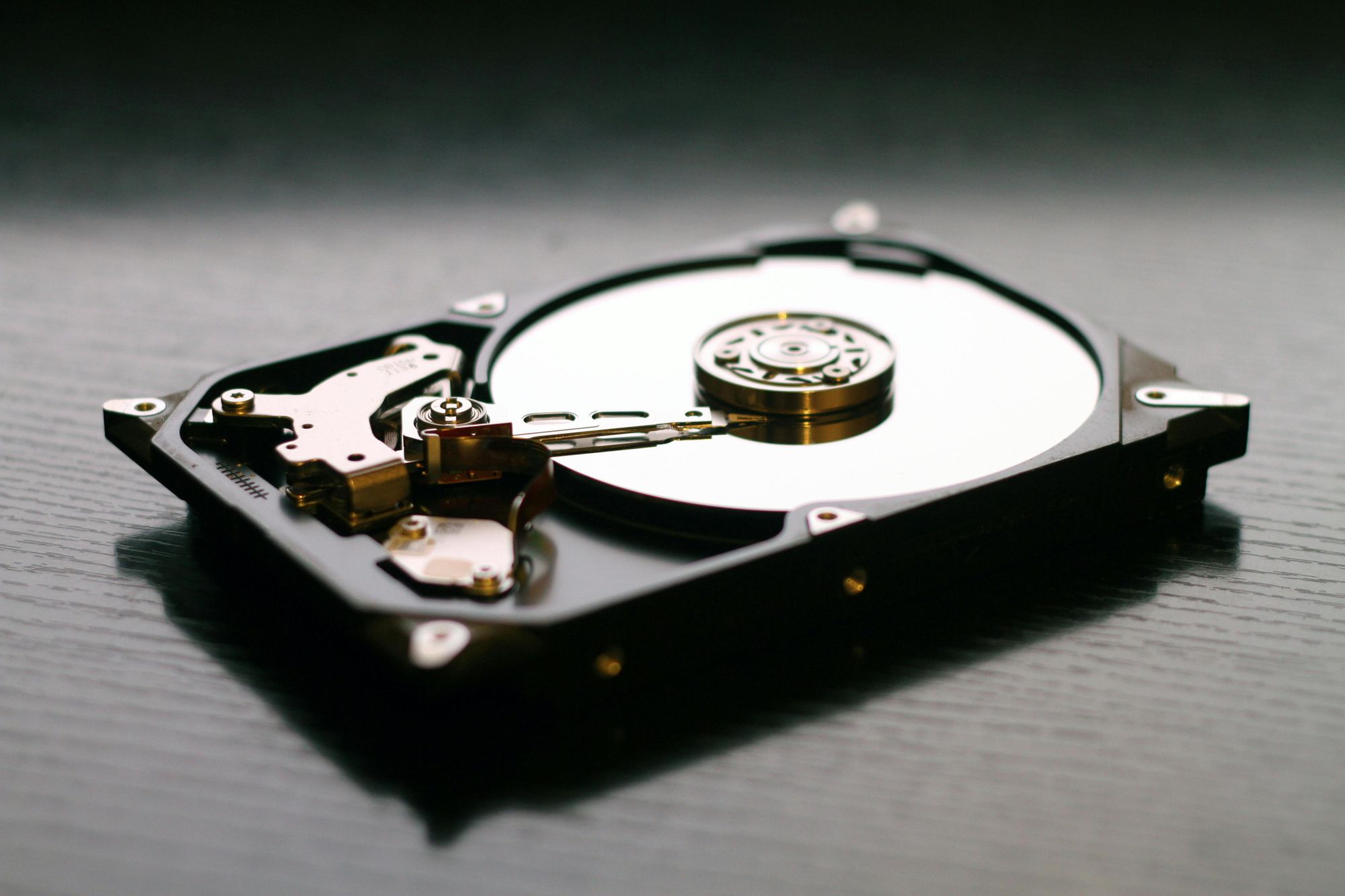In today's dynamic landscape, real-time data collection plays a pivotal role across industries. Swift access to data allows for agile decision-making, vital for responding to market shifts and customer needs promptly. From monitoring web traffic to analyzing social media trends, real-time data grants a competitive edge.
Efficient tools are essential for effective data collection. Investing in IoT sensors, wearables, and advanced analytics platforms ensures accurate, scalable data capture. These tools streamline processes and enhance data quality, facilitating actionable insights.
Real-time data collection enables proactive responses, from cybersecurity threat detection to healthcare monitoring. Its timeliness empowers organizations to detect anomalies swiftly and capitalize on emerging opportunities.
We learn more about the tools available and what you should look for when selecting the appropriate tools for your specific needs.
Tools Used for Data Collection
Various tools are available to facilitate real-time data collection, each offering unique features, functionalities, and use cases tailored to diverse industry needs.
IoT Sensors and Devices:
Features: IoT sensors capture data from physical objects and environments in real-time, transmitting it to centralized platforms for analysis.
Functionalities: They monitor variables such as temperature, humidity, motion, and location, enabling real-time insights into operational processes.
Use Cases: IoT sensors find applications in smart manufacturing for predictive maintenance, in retail for inventory management, and in healthcare for remote patient monitoring.
Wearable Technology:
Features: Wearable devices, such as smartwatches and fitness trackers, collect real-time data on biometric indicators like heart rate, activity levels, and sleep patterns.
Functionalities: They provide users with personalized insights into their health and wellness metrics, empowering them to make informed lifestyle choices.
Use Cases: Wearable technology is widely used in the healthcare and fitness industries for remote health monitoring, in sports analytics for athlete performance tracking, and in insurance for usage-based premiums.
Data Analytics Platforms:
Features: Advanced analytics platforms offer real-time data processing, visualization, and predictive modeling capabilities.
Functionalities: They enable organizations to aggregate data from various sources, perform complex analyses, and derive actionable insights in real-time.
Use Cases: Data analytics platforms are employed in financial services for fraud detection, in e-commerce for personalized marketing campaigns, and in transportation for route optimization.
Social Media Monitoring Tools:
Features: Social media monitoring tools track brand mentions, engagement metrics, and sentiment analysis in real-time across multiple platforms. Functionalities: They provide businesses with insights into customer perceptions, market trends, and competitor activities, facilitating timely responses and reputation management. Use Cases: Social media monitoring tools are utilized in marketing for campaign performance tracking, in customer service for issue resolution, and in public relations for crisis management
Examples of popular tools in the market include:
- IoT Platforms: Amazon Web Services IoT, Microsoft Azure IoT, and Google Cloud IoT Core.
- Wearable Devices: Fitbit, Apple Watch, and Garmin.
- Data Analytics Platforms: Tableau, Splunk, and Google Analytics.
- Social Media Monitoring Tools: Hootsuite, Sprout Social, and Brandwatch.
These tools exemplify the diverse array of options available for organizations seeking to harness the power of real-time data collection for informed decision-making and strategic advantage.

What to Look for in a Data Collection Tool?
When selecting a data collection tool for real-time insights, several crucial factors must be carefully considered to ensure optimal performance and value for your organization:
- Reliability: Evaluate the tool's track record for reliability and uptime. Choose a solution with a proven history of stable performance to minimize disruptions to your data collection processes.
- Scalability: Assess whether the tool can accommodate your organization's growing data needs. Look for scalability features that allow for seamless expansion as your data volumes and user base increase over time.
- Ease of Use: Consider the tool's user interface and ease of configuration. Opt for intuitive platforms that streamline data collection workflows and minimize the need for extensive training or technical expertise.
- Compatibility: Ensure compatibility with your existing infrastructure and data sources. Choose tools that seamlessly integrate with your current systems and technologies to facilitate smooth data flow and interoperability.
- Security: Prioritize data security features to safeguard sensitive information and maintain compliance with regulatory requirements. Look for tools that offer robust encryption, access controls, and auditing capabilities to protect your data from unauthorized access or breaches.
- Cost: Evaluate the total cost of ownership, including upfront expenses, subscription fees, and any additional costs for customization or support services. Balance the tool's pricing with its features and capabilities to ensure it aligns with your budgetary constraints.
- Support and Maintenance: Consider the availability of technical support and ongoing maintenance services. Choose vendors that provide comprehensive support options, including documentation, training resources, and responsive customer assistance to address any issues or challenges that may arise.

Tips for Evaluating and Comparing Tools:
Define Your Requirements: Clearly outline your organization's specific data collection needs, objectives, and use cases to identify the most suitable tools for your requirements.
Conduct Trials and Demos: Request trials or demonstrations of prospective tools to evaluate their performance firsthand and assess their suitability for your organization's workflows.
Seek Recommendations: Consult industry peers, reviews, and case studies to gather insights into the experiences of other organizations using the same tools.
Consider Total Value: Look beyond initial costs and assess the long-term value and return on investment offered by each tool in terms of efficiency gains, productivity improvements, and strategic benefits.
Stay Flexible: Keep an eye on emerging technologies and evolving market trends to remain adaptable and open to exploring new tools and solutions that may better meet your evolving needs in the future.
By carefully considering these key factors and following these tips, you can effectively evaluate and compare different data collection tools to select the best fit for your organization's real-time data collection requirements.

Quality Analysis Tools for Real-Time Data Collection
Quality analysis tools are essential for ensuring the accuracy, completeness, and reliability of data collected in real-time. These tools play a crucial role in validating incoming data streams, detecting anomalies, and maintaining data integrity throughout the collection process.
Examples of quality analysis tools commonly employed in real-time data collection processes include data validation libraries such as Apache Kafka for stream processing, anomaly detection algorithms like Isolation Forests, and data quality monitoring platforms like DataRobot.
DataHen's web scraping services offer a valuable solution for augmenting real-time data collection efforts by providing timely and accurate data extraction from various online sources, ensuring organizations have access to the most relevant and up-to-date information to support their decision-making processes


